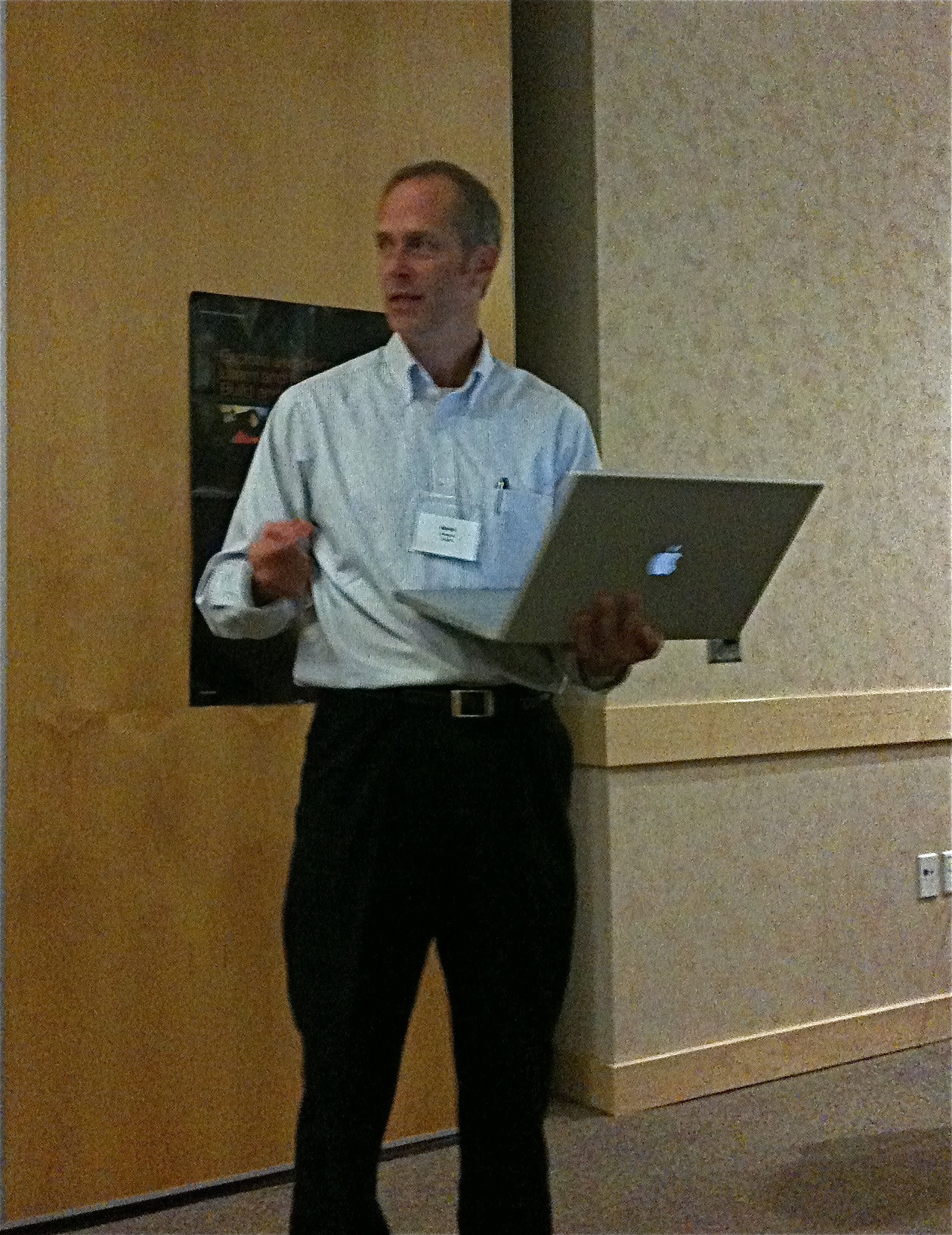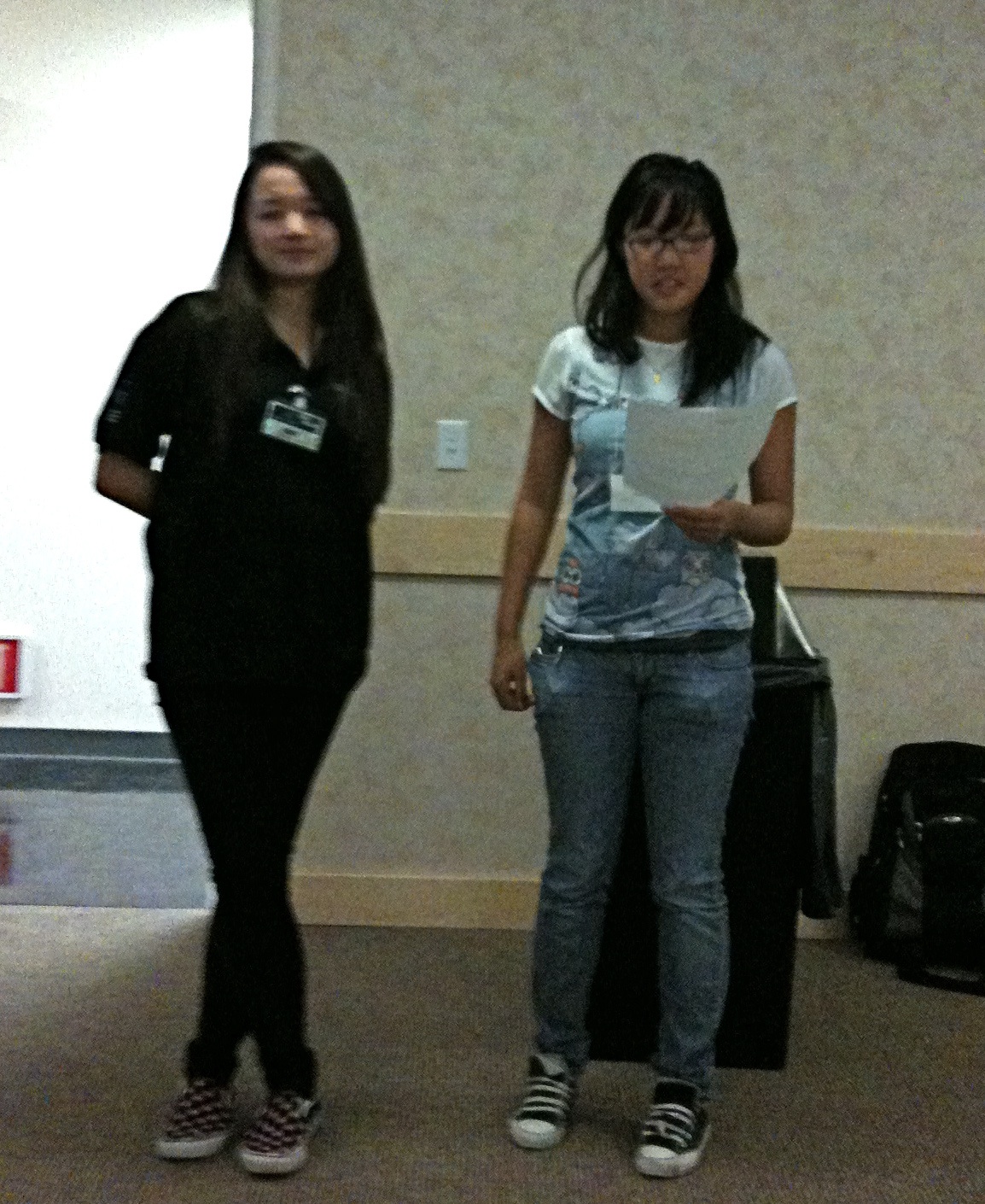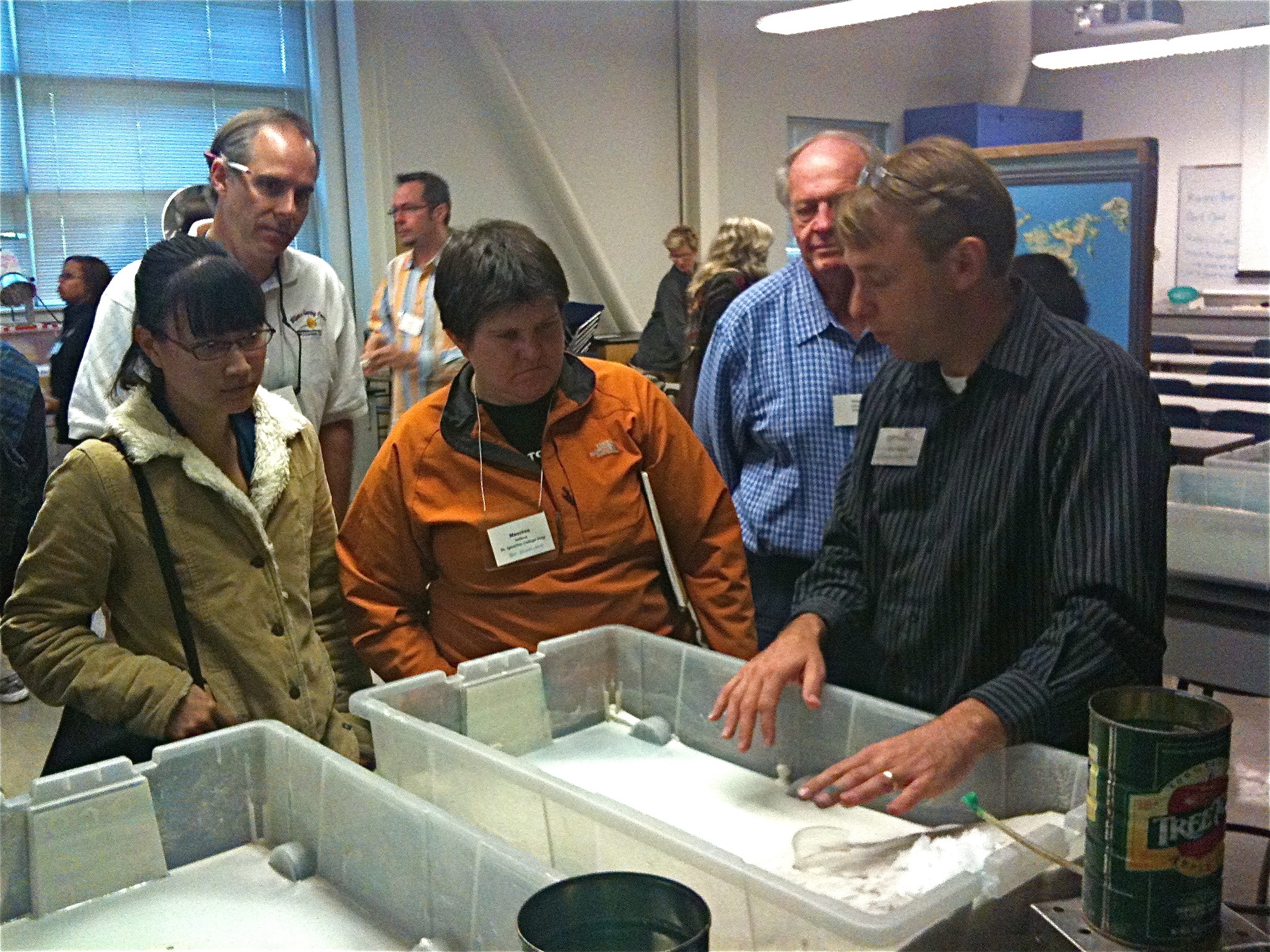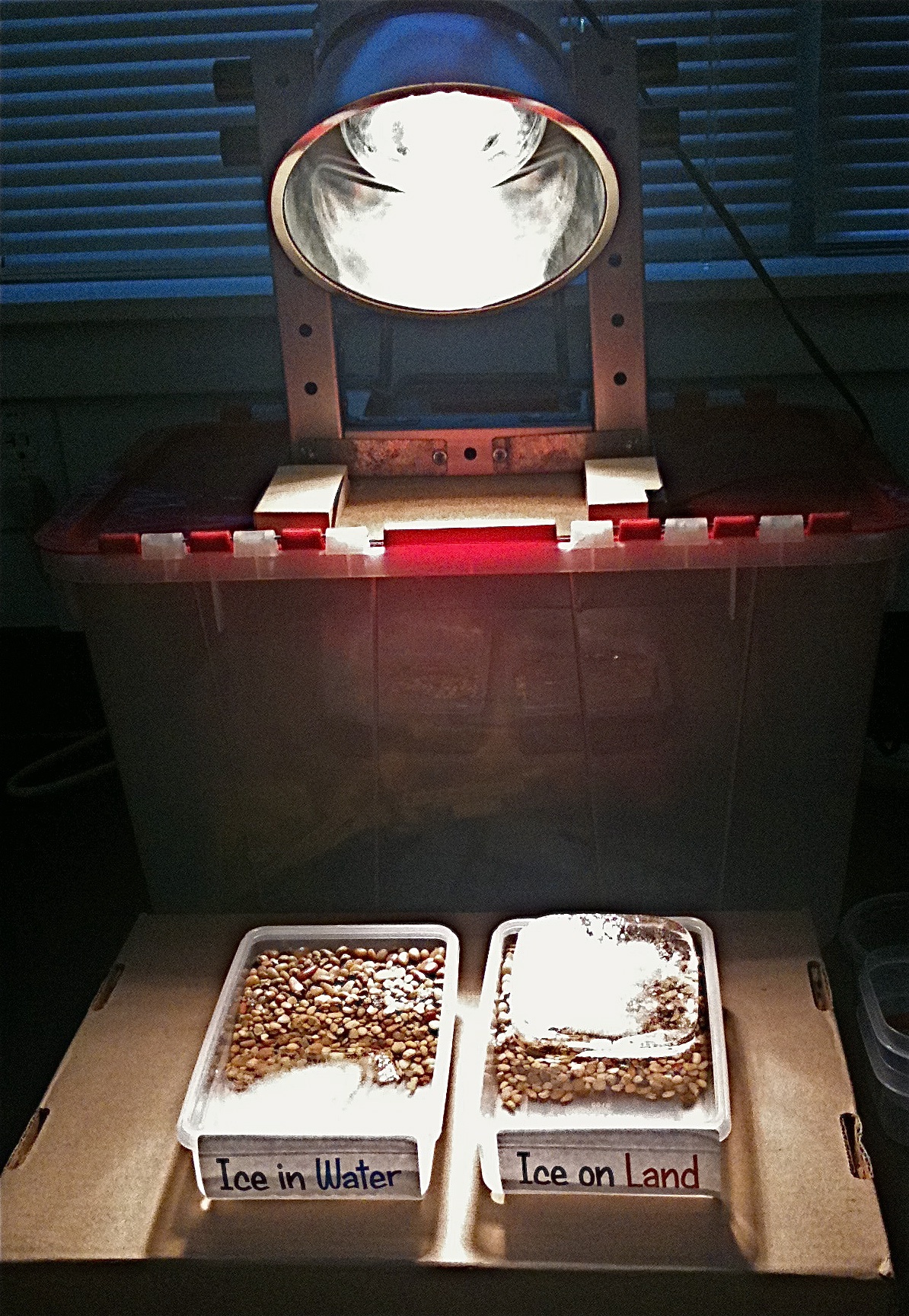How can the public become educated and prepared for a global natural disaster that may not fully realize for several decades? One of the most critical roles a science museum can play is to be an active participant in educating their constituents on the science and practical realities around climate change and the subsequent consequences on the earth’s water levels.

David Herring, Communications Program Director, NOAA
Chabot Space & Science Center (CSSC), in partnership with the Association of Science- Technology Centers (ASTC) and the National Oceanic and Atmospheric Administration (NOAA) recently hosted a group of invited community members and experts in a pilot initiative of community conversations.
The fundamental goal of the workshop was to determine the most effective method to communicate climate change information through science learning centers across the U.S.
The Oakland workshop on October 10 was the second pilot “Water in California: Too Much and Not Enough,” after the first workshop was piloted in May at the Arizona Science Center in Phoenix (also with a water resource topic focus). The topic chosen for this coastal venue centered on the disastrous impacts in the Bay Area that scientists anticipate will occur as a result of climate change. Speakers included Norm Miller, Staff Scientist, Earth Sciences Division at Berkeley Lab, Matthew Heberger, Research Associate, Pacific Institute, and Emily Limm, Ph.D researcher on plant use of water resources, UC Berkeley.
The partnership between ASTC, NOAA and the two science centers is a strong example of museums, a museum service organization, and a federal agency (NOAA is part of the Department of Commerce) collaboratively engaged in finding ways to educate the public about one of the world’s most pressing issues.

Youth from the Chabot Galaxy Explorers Program reporting on their group discussion
ASTC (www.astc.org) has incorporated climate change education as an organizational priority, for instance launching their IGLO project. This project is designed to raise worldwide public awareness about global warming and ways the polar regions profoundly influence the earth’s climate, ecosystems and human society. The climate change workshop in Oakland was joined by ASTC staff Walter Staveloz, Director, International Relations, and Kate Crawford, Project Manager Communicating Climate Change.
NOAA’s Climate Program Office has many initiatives and outreach efforts to communicate current climate science and impacts. They know that museums and science centers provide an ideal venue for informal education on this topic. Several NOAA staff have been instrumental in the development of these workshops including Frank Niepold, Climate Education Coordinator, David Herring, Communications Program Director, LuAnn Dahlman, Communications Specialist, and Ned Gardiner, Climate Visualization Project Manager.
This workshop was a great opportunity for CSSC, an organization fully committed to climate change education. The center is currently in the development and funding phase of a future exhibit and website on the topic entitled Bill Nye's Climate Laboratory.
After the workshop in Phoenix, organizers further strengthened this second event by implementation of suggestions made by participants in a Phoenix workshop post-evaluation (see the report at http://www.climate.noaa.gov/news/2009/docs/AZConversationsSummary_22June... )

Eric Havel, Environmental Education Manager, Chabot Space & Science Center
For example, the afternoon in Oakland included a full 2-hour round table breakouts with different groupings focused on solutions. I was asked to the event to facilitate one of these breakouts, and the format proved to be very effective in drawing out personal initiatives. After lunch and some simple, but compelling, hands-on demonstrations illustrating concepts such as glacier ice melt impact on sea levels, snow pack vs. rain on water storage, and forest dependency on fog levels, the attendees were gathered in a large space to group into interest levels.
In other words, they were asked to join discussion groups based on where they (as individuals) could best effect change…at the neighborhood, community, state, national or international level. There was also a table of teenagers "Galaxy Explorer" members comprising the youth group discussion. My group, at the community level, included about 8 inspiring and activist citizens with a wide network of nonprofit groups and homeowner’s associations (fellow WMA member Kathleen Brown was among this group).

Hands-on Demonstration illustrating glacier melt on land and in water.
After the two hours we had a list of projects that each of us committed to complete, from organizing lectures for our neighborhood associations, to planning a “blue line” event in our city (blue taping houses and commercial buildings in a town to illustrate how high up the sea might rise), to recommending to a condo association the purchase of a shared electric vehicle for grocery runs. At the end of our breakouts we reported back to the full group, which provided a second wave of group inspiration.
Congratulations to Chabot Space & Science Center staff, Etta Heber, Director of Programs, Eric Havel, Environmental Education Manager, and Autumn King, Public Programs Manager, for a very successful event and for stepping up as a partner in this initiative.








Comments
The brilliance of the groupings was really the key to success with this workshop. Our group was in between the "individual" and "community" level, so bringing individual action into community awareness and synergy was the focus. I am pleased to say that we recently had the publisher of our only truly local paper here to tour our permaculture garden and to talk about this very issue. And he is keen to help! Great work, Chabot -- let's keep turning museum users into activists and advocates!
Hi Melissa. we've done lots of evaluation with visitors and climate change. You can check out some info here: http://www.australianmuseum.net.au/blogpost/Climate-Change-and-Museums/ and here: http://www.australianmuseum.net.au/blogpost/What-will-visitors-do-about-...
Thanks Linda! I'll definitely share this with Etta at Chabot if she's not already aware of it.
Add new comment